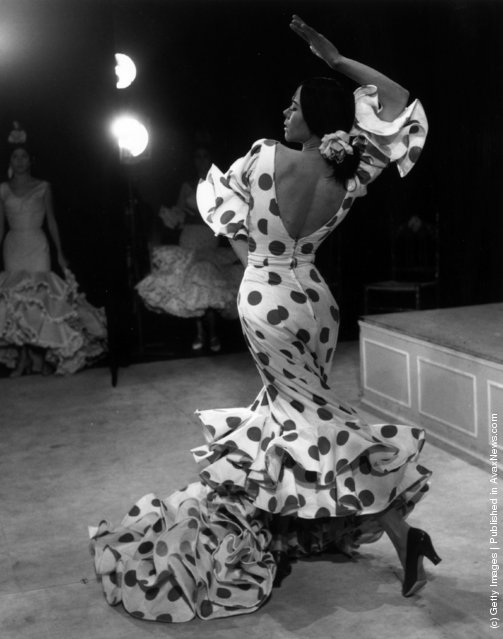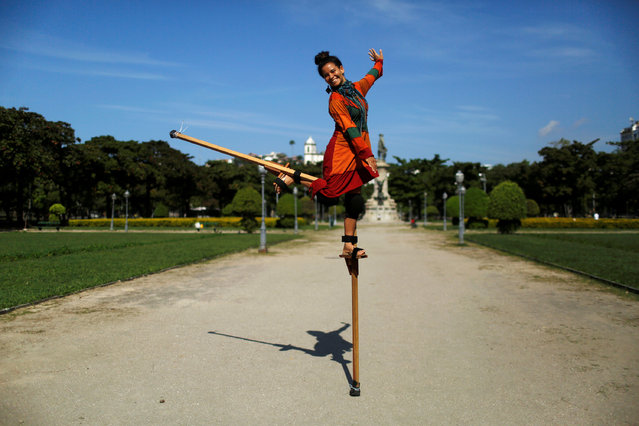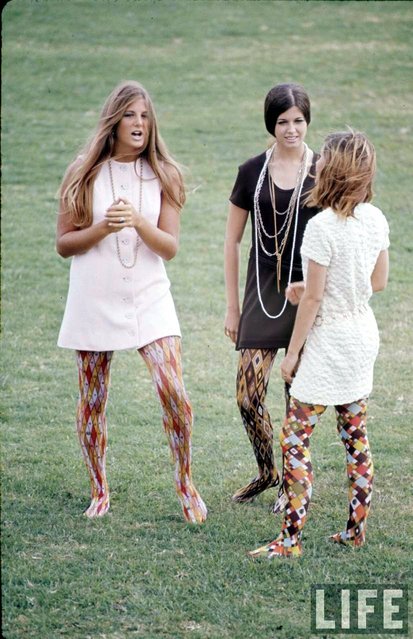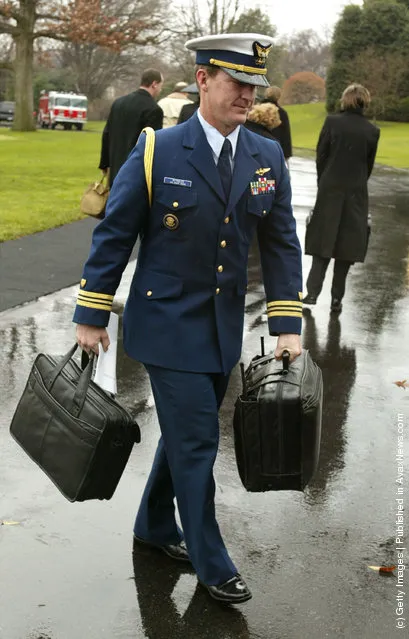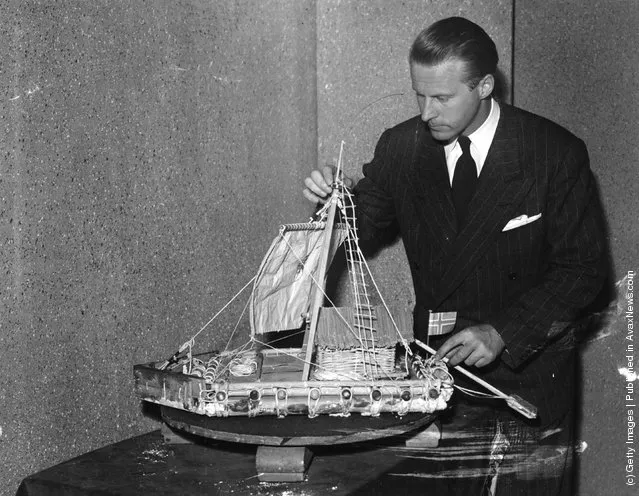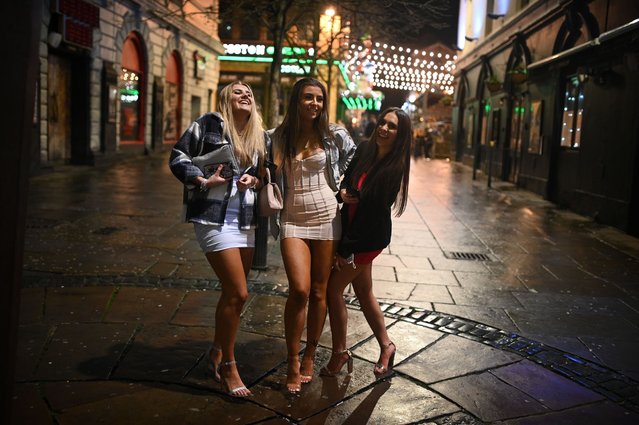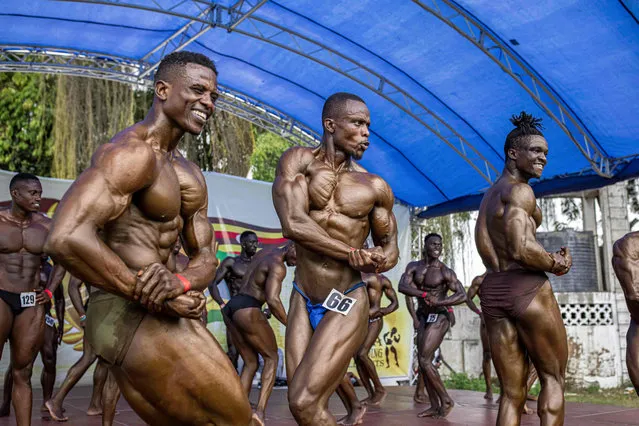
A devotee of the Hare Krishna faith poses for a photograph during the festival of Rathayatra on June 12, 2011 in London, England. Rathayatra, or Chariot festival, features three huge, wooden chariots pulled by hand across Central London accompanied by constant singing, chanting, drums, cymbals and dancing. (Photo by Matthew Lloyd/Getty Images)
13 Jun 2011 09:09:00,post received
0 comments

